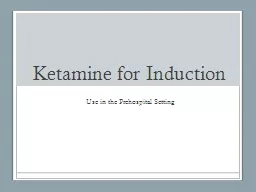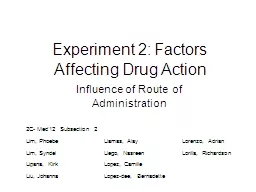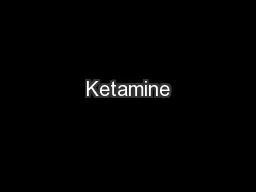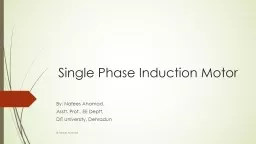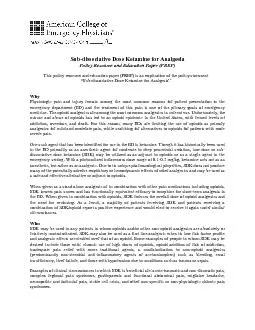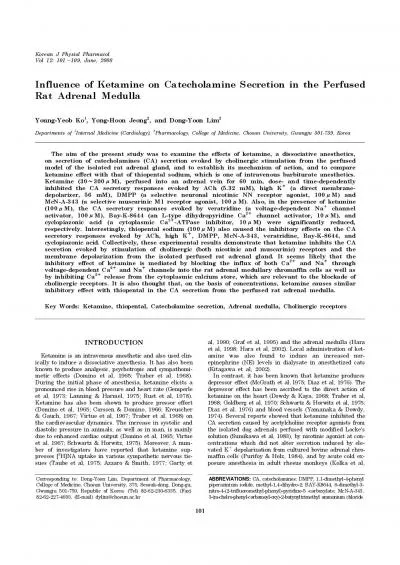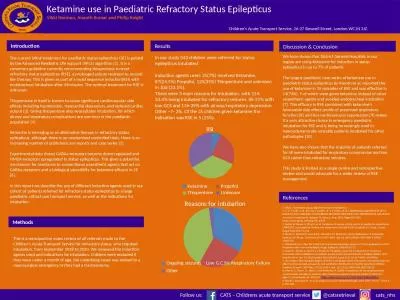PPT-Ketamine for Induction
Author : min-jolicoeur | Published Date : 2018-09-22
Use in the Prehospital Setting Background Multiple drug shortages are threatening the safe management of the most critically ill and injured patients Critical drugs
Presentation Embed Code
Download Presentation
Download Presentation The PPT/PDF document "Ketamine for Induction" is the property of its rightful owner. Permission is granted to download and print the materials on this website for personal, non-commercial use only, and to display it on your personal computer provided you do not modify the materials and that you retain all copyright notices contained in the materials. By downloading content from our website, you accept the terms of this agreement.
Ketamine for Induction: Transcript
Download Rules Of Document
"Ketamine for Induction"The content belongs to its owner. You may download and print it for personal use, without modification, and keep all copyright notices. By downloading, you agree to these terms.
Related Documents

